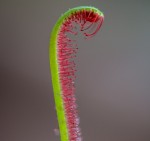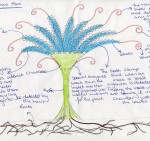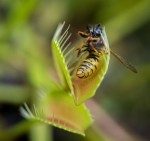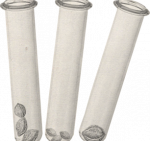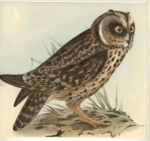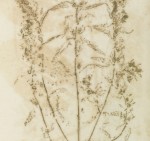Doing Darwin's Experiments
Key Stage:
3
Topics:
Science
Ages:
11-14
Darwin wrote to thousands of correspondents and his letters and notebooks show us how he worked. Many of his experiments were simple to create but had a profound impact on scientific thinking. Some of these experiments are replicated here.
Learning outcomes
By the end of the activities pupils will be able to:
- demonstrate an understanding of the features, functions and classification of insectivorous plants.
- understand more about nutrient uptake by insectivorous plants and compare their findings with Darwin's own.
- understand possible conditions affecting seed dispersal and germination and the implications for seed dispersal by different methods.
- describe the factors affecting plant survival.
Flytraps and Sundews
Activity 1a: Is it a plant or an animal?
Duration: 1 hour
Duration: 1 hour
Flytraps and Sundews
Activity 1b: Design your own insectivorous plant.
Duration: 1 hour
Duration: 1 hour
Flytraps and Sundews
Activity 1c: What does an insectivorous plant eat?
Duration: 2 hours plus monitoring time
Duration: 2 hours plus monitoring time
Survivor seeds
Activity 2a: Saltwater seeds
Duration: 2 hours plus observation time
Duration: 2 hours plus observation time
Survivor seeds
Activity 2b: Digesting seeds
Duration: 65 minutes plus monitoring time
Duration: 65 minutes plus monitoring time
Weed garden
Activity 3: Create a weed garden
Duration: 70 minutes plus monitoring time
Duration: 70 minutes plus monitoring time


